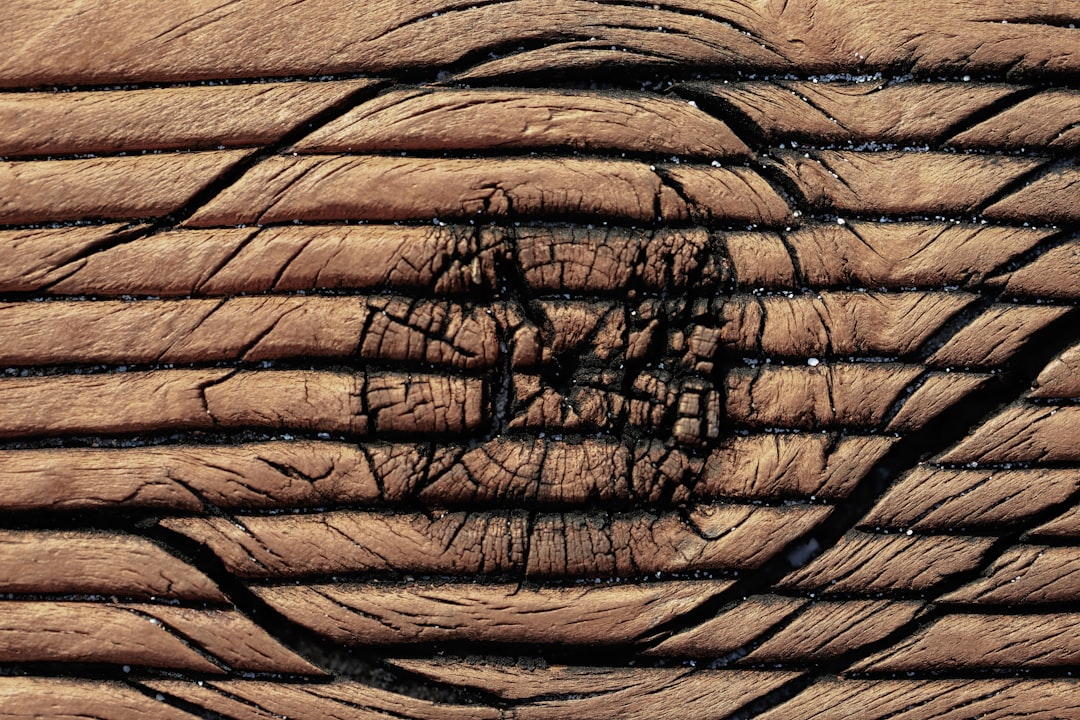When constructing or repairing wooden structures, the choice of nails can significantly impact the project’s longevity and structural integrity. While common nails serve their purpose, ring shank nails often offer superior holding power and resistance to withdrawal. This comprehensive guide delves into the world of ring shank nails, exploring their unique features, applications, and best practices for their use in wooden structures.
Understanding Ring Shank Nail Design and Functionality
Unlike smooth shank nails, ring shank nails possess a series of annular rings or grooves along their shaft. These rings increase the nail’s surface area in contact with the wood. This increased surface area creates significantly greater friction, making it considerably more difficult for the nail to be pulled out. The rings also help to prevent the wood fibers from being crushed as the nail is driven in, leading to better holding power and reduced splitting. The depth and spacing of these rings vary depending on the nail’s size and intended application. Larger nails typically have deeper and more widely spaced rings, while smaller nails have shallower and more closely spaced rings. This design variation allows for optimal performance across a range of wood types and thicknesses.
Applications of Ring Shank Nails in Wood Construction
Ring shank nails find extensive use in various aspects of wooden structure construction and repair. Their superior holding power makes them ideal for applications requiring high strength and resistance to vibration or movement. Some common applications include:
- Framing: Securing wall studs, roof trusses, and floor joists. The increased holding power prevents movement and ensures structural stability.
- Sheathing: Attaching plywood or OSB sheathing to framing members. Ring shank nails minimize the risk of nail pops and ensure a secure connection.
- Decking: Fastening decking boards to joists. Their superior holding power prevents movement and contributes to a more stable and durable deck.
- Subflooring: Securing subfloor panels to joists. This helps to prevent squeaking and provides a solid base for the finished floor.
- Exterior siding: Attaching various types of exterior siding to framing. The increased resistance to withdrawal is crucial for withstanding the effects of wind and weather.
- Fence construction: Securing fence posts and rails. Ring shank nails provide excellent holding power in often challenging conditions.
Advantages of Using Ring Shank Nails over Common Nails
The superior performance of ring shank nails stems from their unique design. Here are some key advantages over common smooth shank nails:
- Increased Holding Power: The rings significantly increase friction between the nail and the wood, resisting withdrawal forces far more effectively.
- Reduced Nail Pops: The increased friction minimizes the risk of nails popping out, especially in applications subject to vibration or movement.
- Less Wood Splitting: The rings help distribute the force of driving the nail, reducing the likelihood of wood splitting, particularly in harder wood species.
- Improved Structural Integrity: The superior holding power contributes to a more stable and durable wooden structure.
- Enhanced Durability: Ring shank nails offer greater resistance to the effects of weathering and environmental factors.
Disadvantages and Considerations When Using Ring Shank Nails
While ring shank nails offer significant advantages, there are some factors to consider:
- Cost: Ring shank nails are generally more expensive than common nails.
- Driving Difficulty: The rings can sometimes make them slightly more difficult to drive, especially with hand nailing. A pneumatic nailer is often recommended for larger nails.
- Potential for Damage: In very soft woods, the rings might slightly mar the surface. Pre-drilling pilot holes can mitigate this issue.
- Not Suitable for all Applications: While versatile, they might not be necessary for every application. A cost-benefit analysis should be considered.
Best Practices for Using Ring Shank Nails in Wooden Structures
To maximize the benefits of ring shank nails, follow these best practices:
- Choose the Right Size: Select nails appropriate for the wood type, thickness, and application. Overly large nails can cause splitting, while overly small nails may not provide sufficient holding power.
- Pre-drilling: Pre-drilling pilot holes is recommended for harder woods or when using larger nails to reduce the risk of splitting.
- Use Appropriate Tools: Pneumatic nailers are ideal for driving ring shank nails efficiently and effectively. For hand nailing, use a hammer with a relatively soft face to prevent damaging the nail head.
- Proper Nail Spacing and Penetration: Follow manufacturer’s recommendations for nail spacing and penetration depth to ensure optimal structural integrity.
- Consider Wood Type and Moisture Content: Wood type and moisture content influence nail holding power. Adjust nail selection and driving techniques accordingly.
By understanding the characteristics and applications of ring shank nails, builders and DIY enthusiasts can leverage their superior strength and durability to create stronger, more resilient wooden structures.
Tags: ring shank nails, wood construction, framing nails, sheathing nails, construction nails, DIY, woodworking




